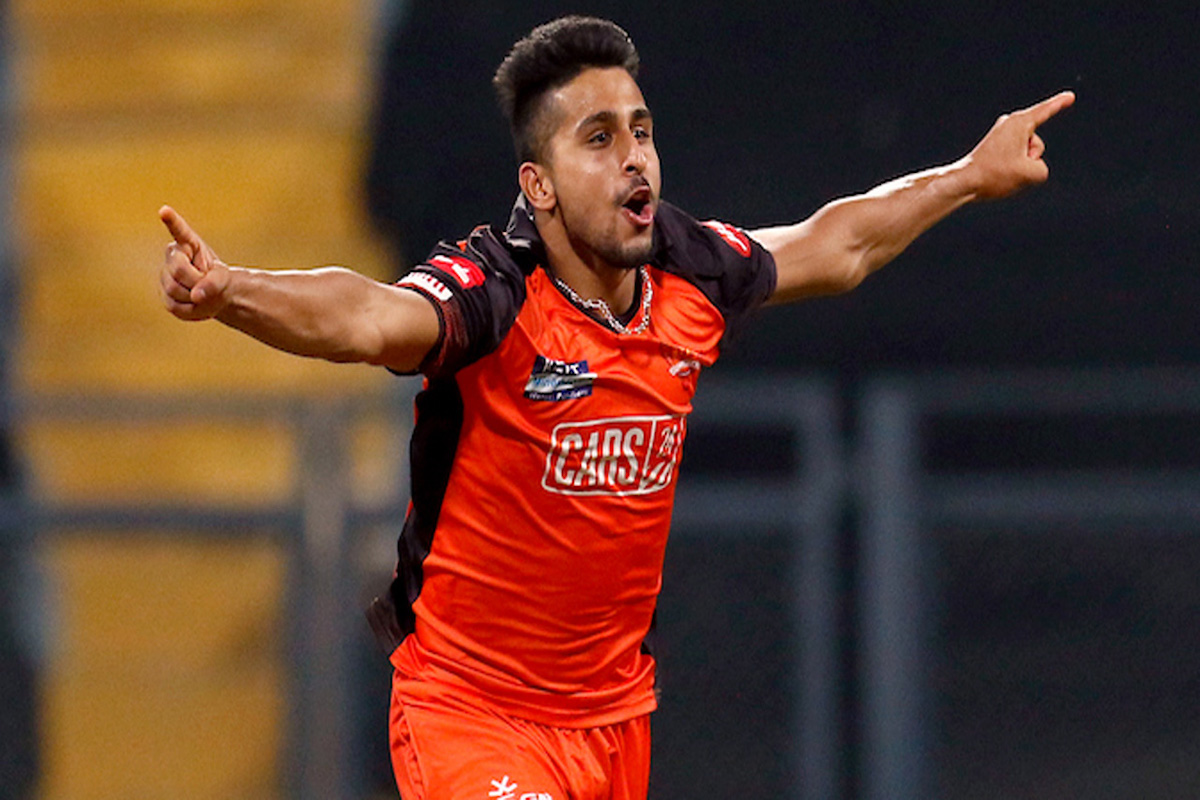By the time we got to know how foreign pundits had been impacted by Umran Malik’s blistering pace in the current edition of the Indian Premier League, the Jammu and Kashmir cricketer on the roster of Sunrisers Hyderabad had suffered a form slump. He had come to be associated, after a start deemed nothing short of sensational, more with cascading runs than flying bails. But one of the key points of the explanatory reference in the generous praise Malik was favoured with was about the IPL’s marvellous knack for happening upon young swashbucklers who had turned things around for India. There is a certain apparent storybook innocence in this way of looking at the domestic competition which has now spawned copycat, impressively remunerative projects elsewhere which, taken together, dwarf cricket’s a traditionally respected global programme.
But the real narrative could be a little different. Admirers, legendary or simple layabouts, probably imply something inherent in the Twenty20 format which yields talent that fits into its own scheme of things when they refer to the IPL’s putative fecundity in terms of player discovery. Tournaments, unlike haunted houses or hot springs generally believed to be endowed with special attributes, do not beget players though they can create a milieu in which winning recognition can be easier, given that domestic first-class cricket in most countries is divorced from the tropes that add to the abbreviated versions’ glam- our and takings. Talent will out, however, and it has all through history, even in lands where cricket was a release from reality long before the IPL was thought up. The blinding pace and breathtaking batting, apart from beautiful spin, all within the scope of the conventional format, combined to make cricket a unique experience where it rose to Test class. The lesser forms of it tend to yield specialists who fall well short of mastering all the manifestations of the game, which is what India must guard against.
Advertisement
Many of the Caribbean islands revelled for a long time in the continuous flowering of top-tier, variedly gifted superstars who, having grown up in the traditional contest, spread over days, had no problems when, in 1975, England hosted the first World Cup switching over to a 60-over novelty. They won it then and four years later. Even if India beat them in the 1983 final, the affronted West Indies’ subsequent mauling of Kapil Dev’s team on a tour of this country showed the real extent of their all-around superiority. They have for some time now voluntarily embraced Twenty20 in a way which suggests a complete lack of concern about their fall in Tests. India cannot afford it, given that cricket, inclusive of all its packaged offerings, is perceived as our area of domination across the sporting spectrum. Indian cricketers do like their IPL prize purses but will not walk away from Tests as long as they are up to it physically. If Malik is really good, he will prove it in the first-class game.











